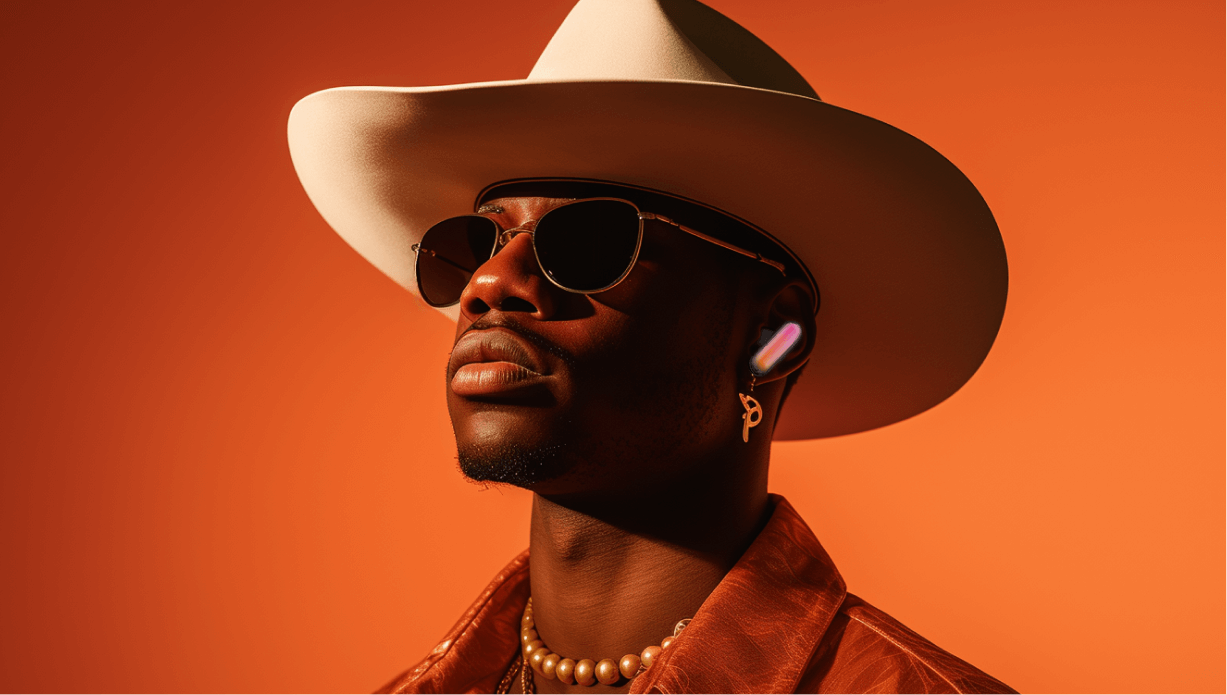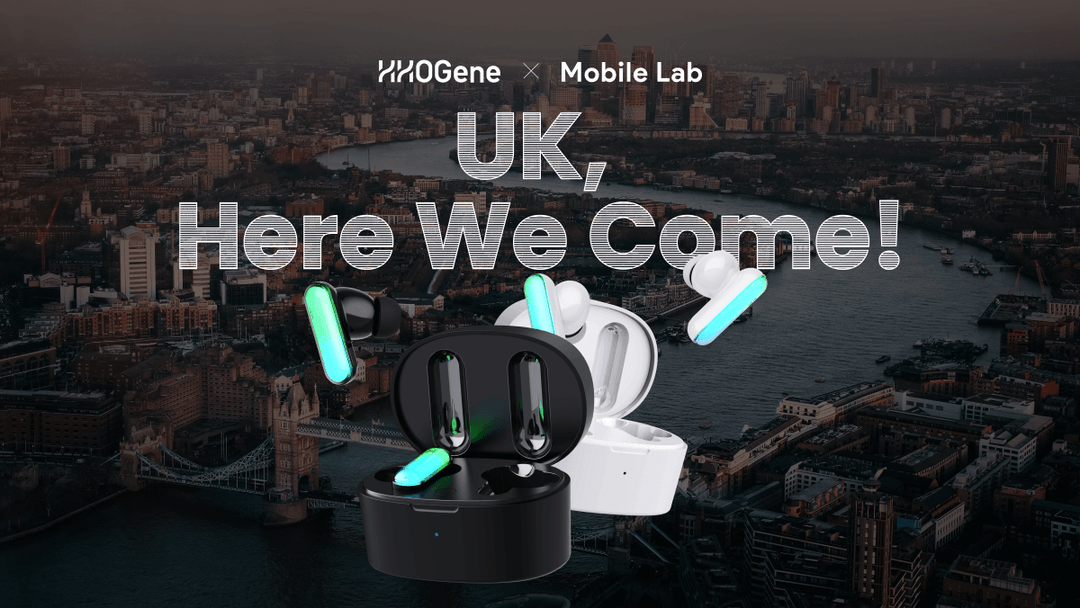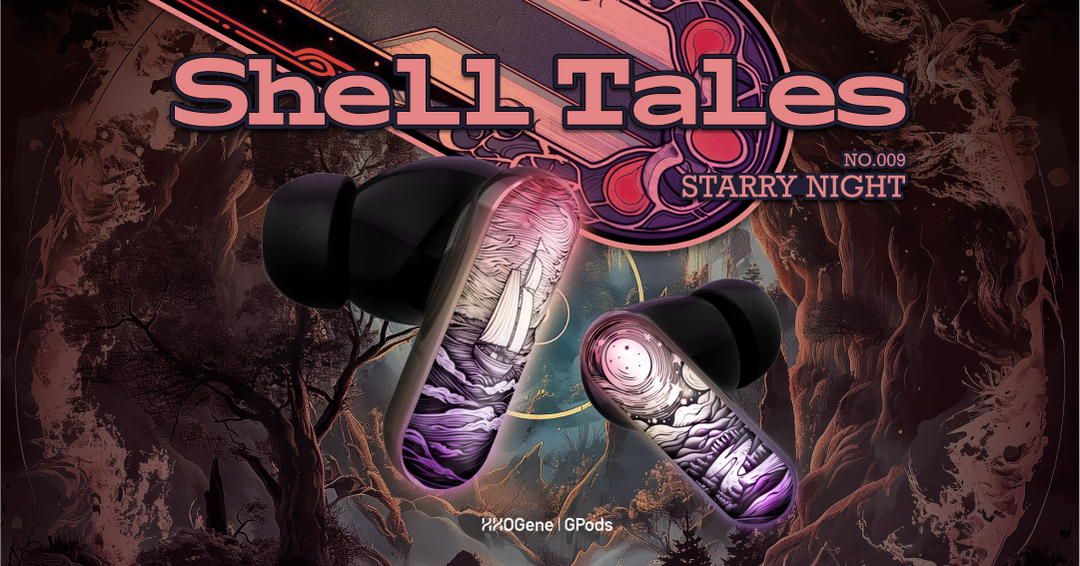Capture the Color You Want in HHOGene App, But No BLACK
Color Capture is one of the most popular features on HHOGene GPods in HHOGene App. But, if you capture color in the app, you will never pick the black color. It has nothing to do with our algorithm, but with LED luminous principle.
What LED is
Before we talk about how LED illuminates, let us have a brief knowledge of what LED is. LED is the abbreviation of Light Emitting Diode, which is made of chemical compounds containing gallium (Ga), arsenic (As), phosphorus (P), nitrogen (N) and so on.
How LED illuminates
The core part of light emitting diode is a wafer composed of a P-type semiconductor and a N-type semiconductor. And there is a transition layer between these two semiconductor, which is called a P-N junction. As shown in the figure below, it is mainly composed of five parts: bracket, silver glue, wafer, gold wire and epoxy resin.
 When a current passes through the wafer, electrons in the N-type semiconductor and holes in the P-type semiconductor collide violently and recombine in the light-emitting layer to produce photons, which emit energy in the form of photons, in another words, visible light. This is how LED illuminates.
When a current passes through the wafer, electrons in the N-type semiconductor and holes in the P-type semiconductor collide violently and recombine in the light-emitting layer to produce photons, which emit energy in the form of photons, in another words, visible light. This is how LED illuminates.
The luminous principle of colorful LEDs
If you want to know the luminous principle of colorful LEDs, first of all, you need to understand the three primary colors of red (R), green (G) and blue (B), which can be combined to become other different colors. For example, when the red light and the green light are lit at the same time, the red light and the green light are mixed into yellow. The principle of color changing is that when two beads of three primary colors are lit respectively, it can emit yellow, purple and cyan. For example, when the red and blue beads are lit, they emit purple light. If the red, green and blue beads are lit at the same time, it will produce white light. If there is a circuit that can make the red, green and blue beads light up in pairs, separately and simultaneously, then it can emit seven different colors of light. With their different proportions of superposition, different colors are produced.
 As mentioned about, no matter the light is colorful or not, the premise to that is VISIBLE light. That is to say, LED cannot illuminate the light that is not visible. The wavelength of visible light is between 390nm and 780nm. This section of electromagnetic wave can stimulate the nerve of human eyeball, so it is visible. In the contrast, if the wavelength is less than 390nm or more than 780nm, the light is invisible. This is where black is located. In this case, when you capture the black color, it will not be recognized in the App, neither reflected on the earbuds, because the camera could not capture the invisible light.
As mentioned about, no matter the light is colorful or not, the premise to that is VISIBLE light. That is to say, LED cannot illuminate the light that is not visible. The wavelength of visible light is between 390nm and 780nm. This section of electromagnetic wave can stimulate the nerve of human eyeball, so it is visible. In the contrast, if the wavelength is less than 390nm or more than 780nm, the light is invisible. This is where black is located. In this case, when you capture the black color, it will not be recognized in the App, neither reflected on the earbuds, because the camera could not capture the invisible light.
How to show black color on HHOGene GPods
Some people may ask, what if I really like black and want to show black color on HHOGene GPods, how do I realize it? The answer is very simple: Turn off the light and put on the black GPods shell on it.
What LED is
Before we talk about how LED illuminates, let us have a brief knowledge of what LED is. LED is the abbreviation of Light Emitting Diode, which is made of chemical compounds containing gallium (Ga), arsenic (As), phosphorus (P), nitrogen (N) and so on.
How LED illuminates
The core part of light emitting diode is a wafer composed of a P-type semiconductor and a N-type semiconductor. And there is a transition layer between these two semiconductor, which is called a P-N junction. As shown in the figure below, it is mainly composed of five parts: bracket, silver glue, wafer, gold wire and epoxy resin.
 When a current passes through the wafer, electrons in the N-type semiconductor and holes in the P-type semiconductor collide violently and recombine in the light-emitting layer to produce photons, which emit energy in the form of photons, in another words, visible light. This is how LED illuminates.
When a current passes through the wafer, electrons in the N-type semiconductor and holes in the P-type semiconductor collide violently and recombine in the light-emitting layer to produce photons, which emit energy in the form of photons, in another words, visible light. This is how LED illuminates.The luminous principle of colorful LEDs
If you want to know the luminous principle of colorful LEDs, first of all, you need to understand the three primary colors of red (R), green (G) and blue (B), which can be combined to become other different colors. For example, when the red light and the green light are lit at the same time, the red light and the green light are mixed into yellow. The principle of color changing is that when two beads of three primary colors are lit respectively, it can emit yellow, purple and cyan. For example, when the red and blue beads are lit, they emit purple light. If the red, green and blue beads are lit at the same time, it will produce white light. If there is a circuit that can make the red, green and blue beads light up in pairs, separately and simultaneously, then it can emit seven different colors of light. With their different proportions of superposition, different colors are produced.
 As mentioned about, no matter the light is colorful or not, the premise to that is VISIBLE light. That is to say, LED cannot illuminate the light that is not visible. The wavelength of visible light is between 390nm and 780nm. This section of electromagnetic wave can stimulate the nerve of human eyeball, so it is visible. In the contrast, if the wavelength is less than 390nm or more than 780nm, the light is invisible. This is where black is located. In this case, when you capture the black color, it will not be recognized in the App, neither reflected on the earbuds, because the camera could not capture the invisible light.
As mentioned about, no matter the light is colorful or not, the premise to that is VISIBLE light. That is to say, LED cannot illuminate the light that is not visible. The wavelength of visible light is between 390nm and 780nm. This section of electromagnetic wave can stimulate the nerve of human eyeball, so it is visible. In the contrast, if the wavelength is less than 390nm or more than 780nm, the light is invisible. This is where black is located. In this case, when you capture the black color, it will not be recognized in the App, neither reflected on the earbuds, because the camera could not capture the invisible light. How to show black color on HHOGene GPods
Some people may ask, what if I really like black and want to show black color on HHOGene GPods, how do I realize it? The answer is very simple: Turn off the light and put on the black GPods shell on it.










Leave a comment